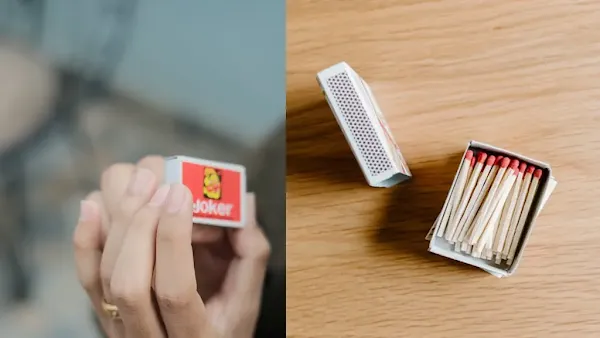Traveling with aquarium fish may seem challenging, but with the right preparation, it’s completely manageable. I learned this when I relocated my beloved betta, Blue, across the country. After hours of research and a tense trip through airport security, I successfully brought him to his new home. This guide shares everything I’ve learned about flying with aquarium fish, from airline regulations to packing tips, to help you travel stress-free.
Table of Contents
Airline Regulations for Aquarium Fish
Airlines have specific policies for transporting live animals, including aquarium fish. Most allow fish in the cabin, but you must check with your airline beforehand. For example, in India, airlines like Air India permit live fish in the cabin if they’re properly packaged in a clear, watertight container. However, fish covered by the Convention on International Trade in Endangered Species (CITES) or the Endangered Species Act require special permits. Always contact your airline to confirm their rules and any documentation needed.
How to Pack Aquarium Fish for Air Travel
Proper packaging is critical to ensure your fish’s safety. Double-bag your fish in clear, sturdy plastic bags filled with one-third water and two-thirds oxygen. Secure the bags with rubber bands and place them in an insulated container to maintain temperature. Some fish, like tropical species, may require a heat pack if the cabin gets too cold. Carry extra bags and bands in case of leaks. Avoid using containers that could hold more than 3.4 ounces of liquid, as these may trigger additional security checks.
At high altitudes, air in the bag may expand, so ensure the bag has enough space to prevent bursting. Most fish tolerate this well, but monitor temperature-sensitive species closely.
Can You Carry Fish in Hand Luggage?
Yes, aquarium fish are generally allowed in hand luggage, provided they’re in a leak-proof, transparent container. Security personnel will inspect the container to ensure the fish are alive and properly contained. Be prepared for extra screening, as fish cannot go through X-ray machines. Inform security staff about your fish at the checkpoint to avoid delays.
Can You Pack Fish in Checked Luggage?
Most airlines, including those in India, prohibit live fish in checked luggage due to the risk of leakage and damage to other baggage. The cargo hold’s temperature and pressure fluctuations can also harm fish. Always transport fish in the cabin to ensure their safety.
Traveling with a Fish Tank
Transporting an entire fish tank is challenging. Empty tanks can be packed in checked luggage, but they must meet size and weight restrictions. Live fish should never be transported in a tank during travel due to the risk of water spillage and stress to the fish. Instead, set up a new tank at your destination before traveling. When I moved with Blue, I had a small tank ready at my new home, which made the transition seamless.
What Happens if Fish Are Not Allowed?
If security or airline staff deny your fish, you may need to make alternative arrangements, such as leaving them with a friend or shipping them via a specialized pet transport service. Always have a backup plan, like contacting a local aquarium shop to temporarily house your fish. Check with security personnel for specific instructions if this happens.
Frequently Asked Questions
Can I bring aquarium fish on a plane?
Yes, most airlines allow aquarium fish in the cabin if they’re in a clear, watertight container. Check with your airline for specific rules and permits, especially for protected species.
How do I safely transport aquarium fish?
Double-bag the fish in clear plastic bags with one-third water and two-thirds oxygen. Use an insulated container and carry extra bags for emergencies.
What happens if water leaks from the fish bag?
If water leaks, security may confiscate the bag for safety reasons. Use sturdy, double-bagged containers and carry spares to prevent this issue.
Can I travel with my fish tank?
Empty fish tanks can be packed in checked luggage, JESUS, but live fish must be transported in the cabin in a watertight container.
- Can I take a small pet fish in domestic plane with me?
- Air India: Travelling with pets
- Is live fish allowed in the airport?
- TSA Live Fish
- Pet-Friendly Airlines in India
- Can I Fly with My Bird on a Plane?
- Flying with Your Cat in India: Best Airlines & Tips
- Importing Pets to India: Costs, Regulations, and Guidelines























